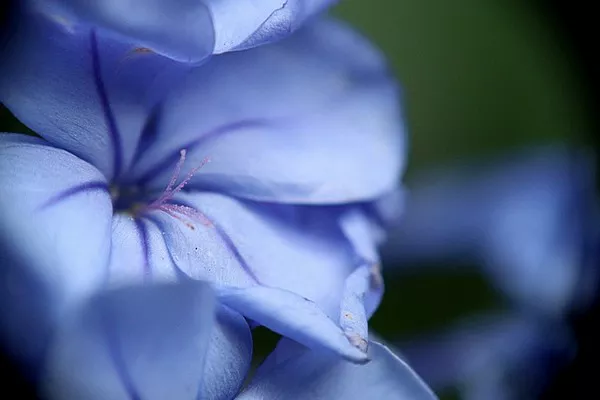Flowers, with their delicate petals and vibrant hues, have been a timeless symbol of beauty and elegance. Preserving these ephemeral wonders allows us to capture their essence and create lasting keepsakes. Pressing and preserving flowers is a delicate art that dates back centuries, and with the right techniques, you can transform a simple bloom into a work of art. In this comprehensive guide, we will explore the step-by-step process of pressing and preserving flowers to ensure your botanical treasures stand the test of time.
Materials Needed:
Before diving into the pressing process, gather the necessary materials. You’ll need:
- Fresh flowers: Choose flowers at their peak bloom, free from any blemishes or imperfections.
- Absorbent paper: Blotting paper or uncoated, plain paper works best.
- Heavy books: Large, hardcover books with smooth pages help apply even pressure.
- Parchment paper: To protect the pages of the book from any residual moisture.
- Cardboard: Sturdy cardboard for added support.
- Weights: Additional weights or heavy objects to enhance the pressing process.
The Pressing Process:
Selecting Flowers: Choose flowers that are fresh and free from any signs of damage. Opt for blooms with flat surfaces to ensure even pressing. Popular choices include pansies, daisies, violets, and ferns.
Timing is Crucial: The best time to pick flowers for pressing is in the morning, after the dew has evaporated but before the heat of the day. This ensures the flowers are at their peak and minimizes moisture content.
Preparing Flowers: Remove excess foliage and trim the stems to the desired length. Place the flowers between sheets of absorbent paper, leaving enough space between each bloom to avoid overlap.
Pressing Technique: Open a heavy book and lay a piece of parchment paper on one of the pages. Arrange the flowers on the parchment paper, ensuring they don’t touch each other. Place another sheet of parchment paper on top, and gently close the book.
Adding Weight: To enhance the pressing process, add weights on top of the closed book. This can be additional heavy books or any flat, heavy objects. The goal is to apply even pressure to flatten the flowers.
Patience is a Virtue: Leave the flowers to press for at least two to four weeks. Check periodically to ensure the flowers are drying evenly and haven’t developed mold. Patience is key in achieving perfectly pressed blooms.
Preservation Techniques:
Framing: Once your flowers are adequately pressed, the next step is preservation. Framing is a popular method that not only protects the flowers but also allows you to display them as a piece of art. Choose a frame with UV-protective glass to prevent color fading.
Laminating: For a more durable and long-lasting preservation method, consider laminating your pressed flowers. Use a laminating machine and follow the instructions carefully to encapsulate the blooms in a protective layer.
Resin Casting: For a three-dimensional effect, consider preserving your flowers in resin. This method creates a glossy, transparent finish that showcases the intricate details of each petal. Follow resin casting instructions carefully to achieve optimal results.
Creating Botanical Art: Take your pressed flowers a step further by incorporating them into artistic creations. Collages, greeting cards, and decoupage are just a few ways to use your pressed flowers to craft unique and personalized items.
Caring for Pressed Flowers:
Display Considerations: Avoid placing pressed flowers in direct sunlight, as prolonged exposure can cause fading. Additionally, keep them away from humid environments to prevent moisture absorption.
Gentle Cleaning: If your pressed flowers accumulate dust over time, use a soft brush or compressed air to gently remove debris. Avoid using water or any cleaning solutions, as they may damage the delicate blooms.
Conclusion:
Preserving flowers through pressing is a time-honored tradition that allows us to cherish nature’s beauty indefinitely. By following these meticulous steps, you can create stunning, long-lasting botanical art that serves as a testament to the fleeting beauty of flowers. Whether framed, laminated, or cast in resin, your pressed flowers will become cherished mementos, capturing the essence of each bloom for years to come.


